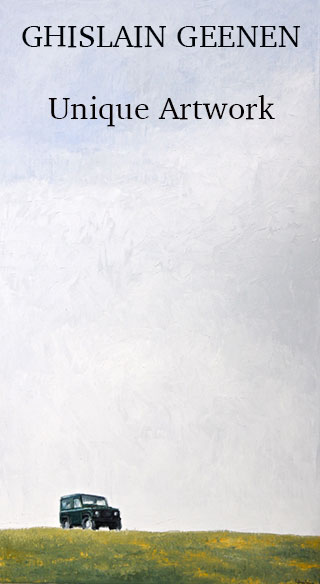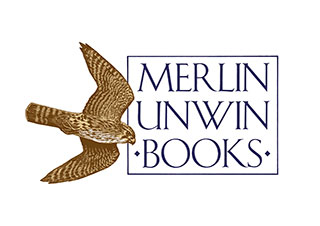Of the Edwardian ‘Big Shots’ the most well known, and prolific was Oliver Robinson, Lord Ripon. When asked his own opinion of the best shot he knew, Ripon answered that it was Lord Walsingham, whom he held in the highest regard.
Walsingham, born Thomas de Grey, in 1843, was an interesting character but his light burned brightly for just a few decades be-fore the cost of hosting the Prince of Wales and running with his shooting set ruined him.
Walsingham simply did not have the depth of wealth required to frequent the social circles he did. In the mid 1870s his annual in-come was nearly £10,000 from his Norfolk estates (over a million pounds in today’s money) and he later inherited two more, in Yorkshire. His home estate of Merton Hall stretched to almost 20,000 acres.
Yet, by 1912 he was effectively bankrupt, with all his estates and London properties sold to pay debts and Merton Hall held in trust. He lived abroad in his final years and died in Hampstead, London, at the age of seventy six.
Someone told him there were no grouse on the moor and Walsingham bet him that he could kill a thousand in a day there
However, we remember Walsingham for his prowess with a sporting gun and his exploits as a shooting superstar at the hey-day of the sport. In those days, shooting rapidly was almost as prized as shooting accurately. The big estates were competing with one another to shoot ever bigger bags. In order to shoot a lot of pheasants, you had to shoot them fast, while the daylight lasted.
He is best remembered for his record solo grouse bag on Bluberhouse Moor in August 1888. Someone told him there were no grouse on the moor and Walsingham bet him that he could kill a thousand in a day there. Two lines of beaters drove each side of the moor ten times, in turn, pushing the birds over Wal-singham’s butt. He finished with a bag of 1,070 grouse, for 1,510 shots, with hundreds of exhausted birds laying all around, unable to move at the end of the day.
Not what we would consider sporting today, but the years from 1870 to the start of the First World War were very different. Driven shooting was the preserve of the aristocracy and they had a monopoly on it. So, they could over-do things and then close it all down to recover, secure that nobody else would be able to interfere.
Other noted exploits are his ‘most varied bag' in 1890, which included 191 head of 19 different species., including rat, pike and coot!
Walsingham was listed as the country’s third best shot in Bailey’s Magazine in 1903
Walsingham was listed as the country’s third best shot in Bailey’s Magazine in 1903 (though these lists were probably as dubious in merit as those published by sporting magazines today).
Walsingham was not just a shooing man; educated at Eton and Cambridge, he was a first-class cricketer. He was also a scientist and academic, with a specialist interest in ornithology and lepi-doptery In fact, he shot all the hummingbirds in the collection of the Natural History Museum and donated his collection of 260,000 specimens of small moths and butterflies, as well as his considerable library.
Walsingham was member of Parliament for West Norfolk from 1865-70 and was a fellow of the Royal Society. He also wrote, with Sir Ralph Payne Galwey, two volumes for’ the Badminton Library (Shooting Moor & Marsh’ and ‘Shooting Field and Covert.’).
Walsingham married three times but died without an heir, in 1919. He was somewhat renowned for infidelities with his housemaids, as well as for his other skills and talents. His sole progeny was a daughter, Erica, born illegitimate in 1897 by his second wife, Marion Gytherne-Williams, whom he did not marry until 1908.
Upon Walsingham’s death, Merton Hall passed to his half brother. The original structure was destroyed by fire in 1955. What stands today was once the East Wing, built in 1846.
Walsingham’s Guns
Walsingham began his shooting career early and his first guns would have been given to him in the mid 1850s, a time when muzzle loaders were still the norm but pin-fire was rapidly mak-ing an impact. So, during his lifetime, he would have used per-cussion muzzle-loaders, pin-fires and centre-fire guns. I know of two of Walsingham’s guns that have sold in London in the last twenty years.
When shooting his record grouse day, he used four guns
Purdey 11204 is a 16-bore, wood-bar ,hammer gun. Built in 1882 with 33 inch barrels, later shortened to 29 1/2 inches, weighing 6lbs 2oz with a 14 1/2 inch stock. It was sold by Gavin Gardiner for £6,500 in 2014.
Purdey 6151 is a single muzzle-loading 13-bore and Purdeys 8687 & 8688, are a pair of muzzle-loading 13-bores, later made to match the first and make-up a trio. The pair cost £105 in 1872. They have 30 inch Damascus barrels, bar action locks, and were engraved by James Lucas. 1872 was very late to be ordering muzzle-loaders. Walsingham had, by then, several Purdey breech-loaders. However, he favoured hammer guns over hammerless ejectors, even when the latter were in common use.
When shooting his record grouse day, he used four guns: one an 1866 Purdey pin-fire converted to centre-fire with new Damascus barrels in 1887. He also used a pair of 1870 Purdey breech-loaders, also with replacement Damascus barrels. Finally, an 1888 Purdey made to match this pair, but with Whitworth steel barrels.
All these guns had 30 inch barrels and no choke. He observed that the new gun with Whitworth steel barrels heated-up faster than the Damascus barrels of his other guns and he objected to the ‘ring’ they made, finding it an ‘annoyance’. After the shoot, he had Purdey replace the Whitworth steel barrels on his new gun with Damascus.

Published by Vintage Guns Ltd on



